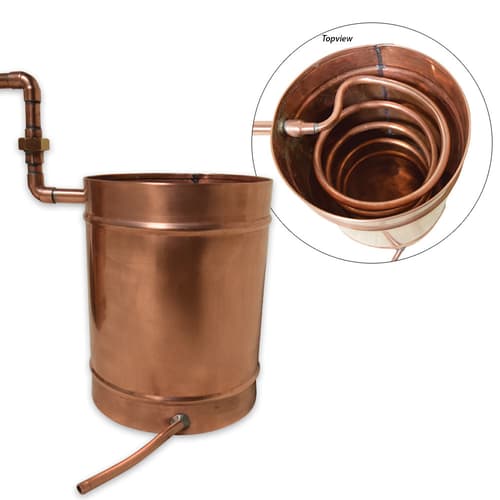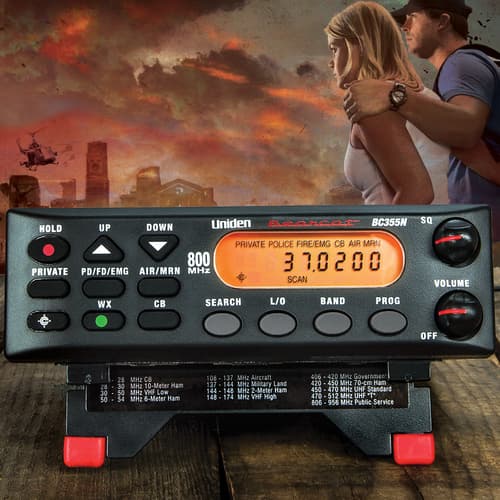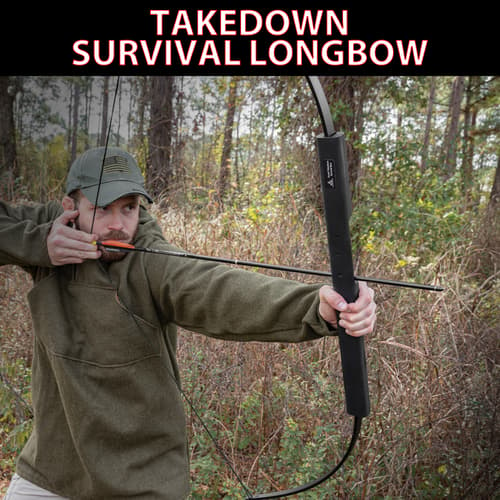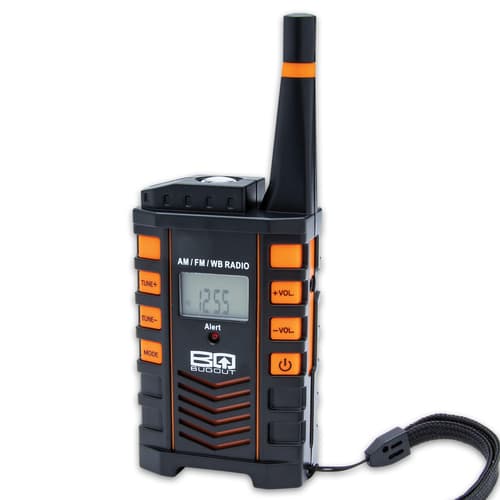Learn To Be Self-Sufficient
Learn To Be Self-Sufficient

By Adelia Ladson
What Is Self-Sufficiency?
The definition of being self-sufficient is being able to take care of yourself without outside help, being capable of providing for your own needs. I would extend this to being able to provide and take care of your family. A large part of being self-sufficient is being food independent. Get back to the way the generations before lived and reduce your dependence on commercial food sources. An added benefit is that it’s a healthier way of living and food that you’ve grown or preserved just tastes better.
Where Do I Start?
The best place to start is to learn from the experts and that’s easy to do with one of the guides below. Each offers easy-to-follow directions, along with colorful illustrations, and the authors give additional inside tips. These guides are an ideal portable source of self-sufficiency information that’s compact and easy to carry when you’re in the midst of performing the skills that you’re learning.
Indoor Gardening
The first step on your way to food independence is going to be growing your own vegetables. What I like about this guide is that it’s written for wherever you live. “How To Garden Indoors And Grow Your Own Food Year Round” shares all the knowledge that you need on how to grow a variety of foods inside your home. It teaches container gardening for both root and above ground vegetables and it also teaches hydroponic gardening so that you can grow all year-round, no matter where you live. The expert tips include troubleshooting, composting, working with grow lights, choosing a growing locale and even the basics of fermentation. Basically, this guide provides everything you need to know about successful indoor food production and how to maximize your indoor space!
Herbs And Spices
To go along with your produce garden, you can add herbs and spices, which should save you tons of money since they tend to be way overpriced commercially. The Herbs and Spices guide is a clear and concise directory that gives you all of the essential information needed to grow herbs and spices in either small or large spaces. It includes individual plant profiles that give detailed growing advice, the culinary uses of each and how to harvest and store them. The author also explores medicinal uses for the herbs.
Preserving
When you have your garden growing and producing vegetables, you can really start enjoying the yummy goodness that goes straight from your garden to your kitchen. Nothing beats a truly fresh tomato or cucumber. But when you’re in it for the long haul, you need to make sure that you can enjoy that yummy goodness all year round or when your tomatoes just didn’t make it, which no matter how much you plan, can happen. You need to plan for the future and the best way to do this is to preserve a percentage of your vegetables. The Preserving guide offers instruction on several different methods of preserving fruits and vegetables, all with delicious results. Jams, jellies, fruit butters and curds, bottled fruits, chutneys, pickles, and salted vegetables are all practical and economical ways to preserve seasonal produce. The author includes helpful hints and tips, plus, 60 recipes to get you started. A one-stop guide to successful preserving, it will keep you on the road to food-independence.
Home Smoking And Curing
Once you have gardening and preserving vegetables under you belt, you can really take a step out and add smoking and curing meat to your knowledge. A good resource that I’ve found on the art of smoking and curing meats is the Home Smoking And Curing guide. With just some basic ingredients and equipment, it teaches you how to salt, cure, air dry and smoke your way to self-sufficient deliciousness, using some of the same techniques employed by your forefathers. The author shows you how to setup your own smoker, prepare salt and brine cures and air dry meats and fish. The guide also includes 25 original recipes for meat, game and shellfish that are surprisingly simple. Then, if the time comes when the local butcher or grocery store is no longer available, you can use the methods that you’ve honed to preserve game you’ve hunted or livestock you’ve raised. So, also think of adding hunting skills and raising livestock to your “self-sufficiency tool box” of knowledge, unless you’re planning on becoming a vegetarian.
Hen Keeping
So, speaking of raising livestock, the best way to get started is with chickens, which can provide both eggs and meat. It’s not for the faint of heart but you’re in good hands with the Hen Keeping guide, written by an author with a lifetime of experience in keeping poultry. The ultimate guide to raising chickens, it covers housing, food and water, daily care, disease prevention, egg production and breeding. You’ll find straightforward step-by-step instructions with illustrations. It also includes a section on different poultry breeds, FAQs, a glossary and a useful contacts list. You won’t find a more clear and concise guide on hen keeping than this!
Foraging For Wild Foods
Now, let’s talk about foraging for food, which is basically going out and harvesting edible plants right around where you live. This is a good skill to develop because you can augment your food supply with things that you don’t have to grow yourself. Especially, when it comes to herbs, fruits, nuts and mushrooms, which are things that should be added to your family’s diet. The Foraging For Wild Foods guide is a comprehensive and well-illustrated introduction to foraging. You’d be surprised at the bounty of wild food you can find practically on your doorstep within easy reach. The guide is arranged in a directory of categories divided into wild plants, herbs, fruits, nuts, mushrooms, seaweeds and shellfish, along with clear illustrations to help you identify them. Hints on how to prepare and eat your foraged bounty are also included with advice on seasonality.
Shop Products Here:














































